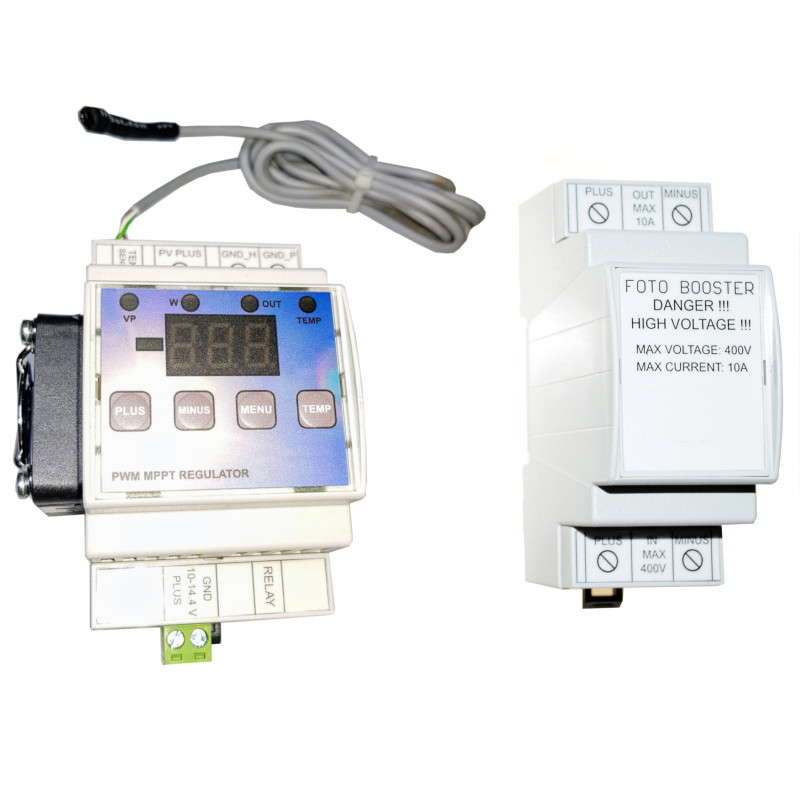They can fail... or worse, be replaced by a plug because "it was leaking"...
Also, it's a redundant safety; if you deliberately use the thermostat on DC then the relief valve becomes the only safety...
You really don't want xxx L of pressurized boiling water in something without redundant safeties... 1 L of liquid water will make about 1700 L of steam, and it all happens in a few ms. I'll let you do the math on what damage it can do to a typical house, but I think the photos and videos are enough


actii.pl



